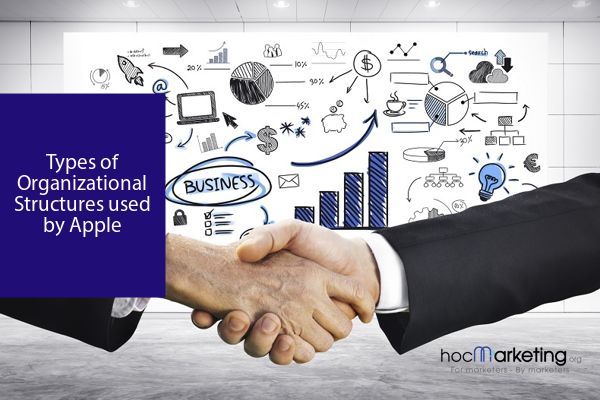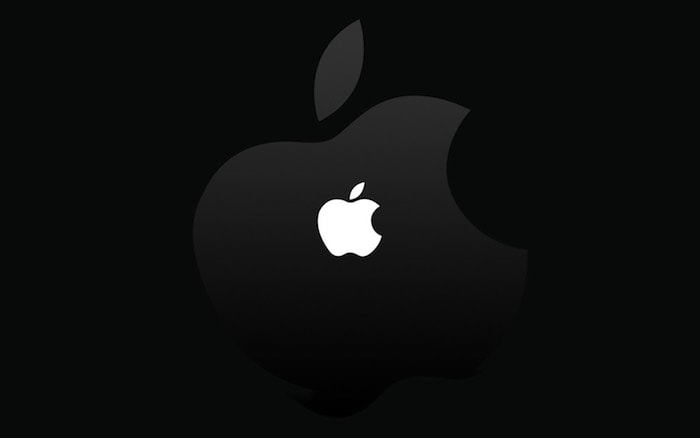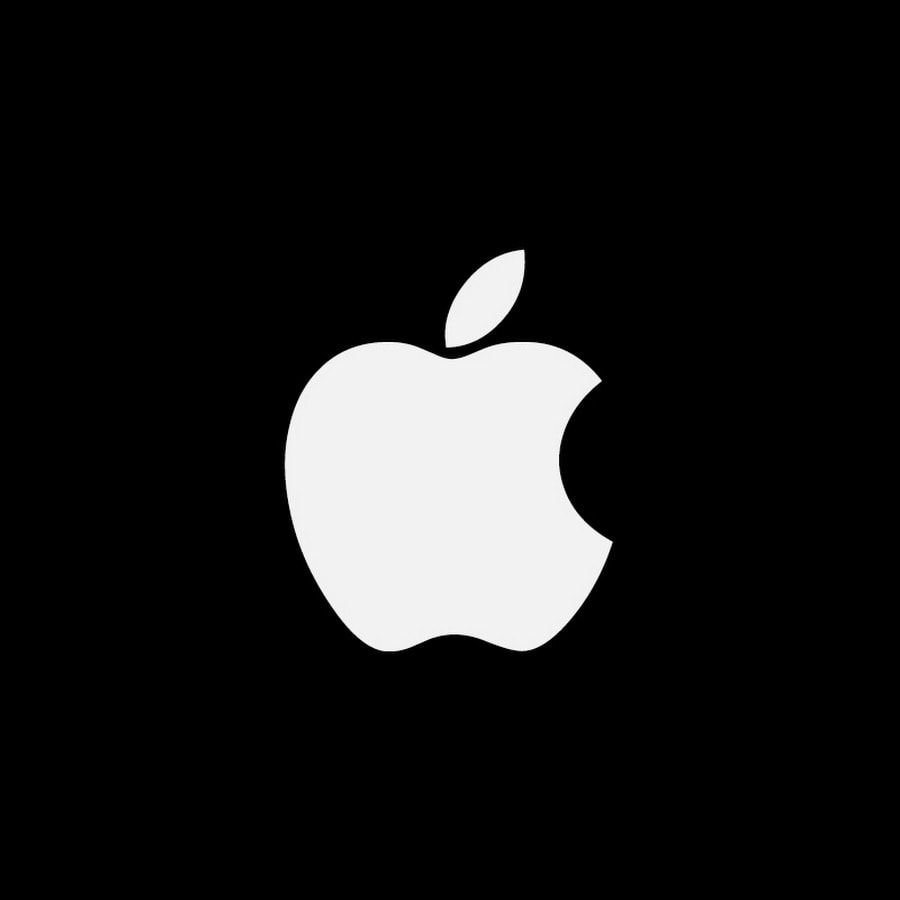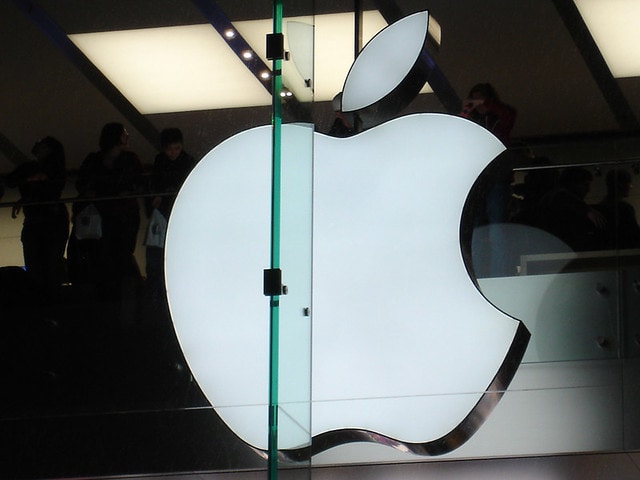
Types of Organizational Structures used by Apple

Apple Inc is a globally renowned American multinational company that was established in 1976 by Steve Jobs, Ronald Wayne, and Steve Wozniak The company operates on a spoke-and-wheel hierarchy, product-based divisions, and a weak functional matrix, each with its own set of advantages and disadvantages
Apple Inc is a renowned multinational corporation hailing from the United States, established in 1976 by Steve Jobs, Ronald Wayne, and Steve Wozniak. The brand is affiliated with a diverse range of technological industries including computers, electronics, artificial intelligence, and financial technology, offering products and services in hardware, software, and mobile devices. Today, Apple Inc stands as one of the most renowned and highly valued companies globally, with a market value of over one trillion dollars, owing to its impeccable organizational structure that has paved the way for a highly efficient system.
Understanding Apple’s organizational structure
The organizational structure of a company is a vital combination of its resources and workforce. A well-designed structure sets the foundation for developing and managing an efficient organization. By creating opportunities for growth and development, this structure plays a pivotal role in the success of the company.
Apple Inc has developed an organizational structure that prioritizes swift innovation and technological progress. While incorporating key elements from other types of organizational structures, the company has strayed from the conventional corporate structure adopted by many other companies. Their unique approach to managing the organization includes an informal corporate culture that favors a flat, ad hoc structure over a tall one.
Due to its cutting-edge technology and innovative abilities, the company faced fierce competition. To accommodate its sophisticated culture, it required an appropriate organizational structure, which led to the decision to retain its existing one. Under Steve Jobs' leadership, an autocratic style was adopted, where the CEO was responsible for overseeing every operation. However, with Tim Cook at the helm, the company has made slight adjustments to its structure to adapt to the evolving needs of the industry and global market. The company has begun to adopt a more collaborative approach and is willing to decentralize on certain matters.
Apple Inc prioritizes top-notch business performance in order to maintain its leadership position in the industry. Through constant product design and creative innovation, the company continues to enhance its capabilities and gain a competitive edge in global markets. With a hierarchical organizational structure featuring minimal layers of management, Apple Inc effectively manages its vast workforce under the leadership of its CEO, currently Tim Cook.
Apple Inc's success can be attributed to its emphasis on collaboration among different departments and teams. Their product-based group strategy has been instrumental in the development of most of their products. Additionally, their board of directors comprises eight members with impressive backgrounds.
Types and characteristics
The main features of Apple’s various corporate structures are
1. Spoke-and-wheel hierarchy
During Steve Jobs' tenure, he held all the power to approve major strategic decisions within the company. However, with the new management in place, the corporate structure has undergone modifications.
The company has undergone significant changes, including increased collaboration between departments such as the software and hardware teams. Previously impossible autonomous decisions can now be made by the vice precedents due to the more flexible organizational structure. However, the spoke-and-wheel hierarchy system still remains in place, with Tim Cook as the central figure. The upper-tier is function-based, and the senior vice-presidents manage all business functions and report directly to Cook.
2. Product-based divisions
Apple Inc. has a unique organizational structure that includes product-based divisions in both the upper and lower tiers. This approach is rooted in the divisional type of organizational structure, where vice presidents and senior vice presidents are responsible for various products or outputs. At Apple Inc., senior vice presidents oversee a range of outputs, such as Hardware Technologies (hardware components), Hardware Engineering (iPhone, iPod, iPad, Mac), and Software Engineering (macOS, iOS).
Its corporate structure is effective in managing product components or specific products that the company deals with to serve its target customers.
2. Weak functional matrix
In the context of Apple Inc, the weak-functional matrix pertains to the coordination among different departments or aspects of the company. Within this framework, the ultimate direction of a project is determined by top management. The project leader's authority and control are restricted, requiring them to report all pertinent details to higher-ups who provide direction and feedback. This structure promotes cooperation between two teams from distinct departments or products to facilitate speedy innovation.
Advantages
Apple's organizational structure offers various advantages. The hierarchical structure empowers the management team to exercise strong control, enabling top executives to make critical decisions.
Top leaders hold the power to make swift decisions, allowing for effective management of product-based groups and business functions within Apple's organizational structure.
Rewritten:
Apple Inc's organizational structure fosters efficient and speedy strategic management processes, leading to the establishment of a cohesive thought process across the entire organization. The company values diversity and actively seeks out a multinational workforce, providing job opportunities to talented individuals from various parts of the globe.
.
The diverse range of industries and products that the organization is engaged in provides employees with ample opportunities to expand their skillset and gain valuable experience. By interacting with individuals from various backgrounds and with different perspectives, employees can enhance their working style and broaden their horizons. This not only benefits the employees themselves but also contributes to the growth and success of the organization as a whole.
Rewritten:
In order to boost employee retention and job satisfaction, the company provides a range of incentives to its staff. These include comprehensive insurance coverage, an employee stock purchase program, generous product discounts, a flexible spending account, investment opportunities, and on-site fitness programs. Apple Inc is committed to supporting the well-being and success of its workforce.
Disadvantages
The problems of Apple’s organizational structure are as follows-
The organizational structure of Apple Inc shows very little flexibility.
It does not approve of any quick or rapid changes without the approval of top brass
The hierarchy system prevents employees at lower levels to take part in any decision-making process
Implementing abrupt changes without prior notice is challenging due to the limited decision-making authority, which primarily rests with the CEO or a select group of top leaders. Moreover, the lack of transparency within the organization hinders the availability of information.
credit. This has led to situations where deserving employees have been overlooked in favor of those who have a better rapport with senior management. Additionally, Apple is known for its highly secretive nature which can lead to a lack of transparency in promotions and compensation decisions. These issues have caused some dissatisfaction among employees and have the potential to negatively impact the company's long-term success.
The employees are encouraged to work long hours, and this has a direct impact on their physical and mental well-being
The stress level at the job is very high
















